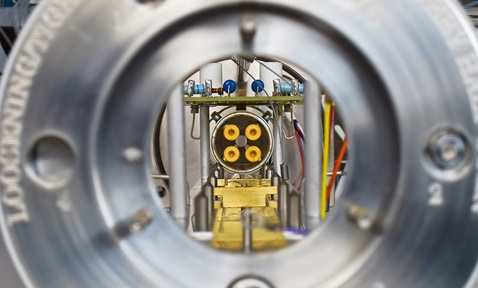
High Peak Efficiency, Low Power Class H Audio Amplifier with Full Class H Operation
Synopsis
This invention presents a Class H audio amplifier featuring a Class AB amplifier with a bootstrapping topology, enabling operation with a lower modulating supply. This design improves efficiency, enhances linearity performance and achieves low power consumption.
Opportunity
Mobile devices with embedded audio amplifiers are ubiquitous today. Given the limited battery life of these devices, the efficiency of the audio amplifier is critical for extending battery life. Heat generation is another important concern in mobile applications. In addition to efficiency, audio quality is a key factor, with linearity and efficiency being paramount in audio amplifier designs. Currently, the audio amplifier market is dominated by Class AB, Class D and Class G audio amplifiers. Class AB amplifiers offer high linearity with low total harmonic distortion plus noise (THD+N) ratio and high power supply rejection ratio (PSRR)—but they suffer from low efficiency at small output signals. Class D amplifiers have high efficiency but poorer linearity due to non‐ideal PWM modulators, dead‐time and output filters, along with issues of electromagnetic interference (EMI) and PSRR. Class G amplifiers face problems with unwanted spikes, reducing linearity.
Technology
The Class H audio amplifier features a Class AB amplifier with a bootstrapping topology that allows it to operate with modulating supply as low as 2VDSAT. The lower minimum supply voltage enhances efficiency at all output power levels and allows the output stage of the Class AB amplifier to be biased with higher quiescent current for improved linearity performance without significantly increasing quiescent power consumption. Measurement results show that the proposed amplifier achieves a peak power efficiency of 85% at a peak output power of 186.8mW — the highest among all prior Class G and Class H amplifier designs. The proposed design consumes 4.9mW of output power and achieves a lowest THD+N of ‐82dB.

Figure 1: Class H Audio Amplifier
Applications & Advantages
Main application areas include low-power audio amplifiers for ear-buds, hearing aids, headsets and mobile devices.
Advantages:
- Achieves better efficiency than Class D and Class G amplifiers, with lower power supply requirements than Class AB amplifiers, leading to lower noise levels.
- Suitable for battery-powered devices due to low power consumption.
- Improved linearity performance with high PSRR and low THD+N.



.tmb-listing.jpg?Culture=en&sfvrsn=3b74ec1c_1)


.tmb-listing.jpg?Culture=en&sfvrsn=414f0d90_1)








